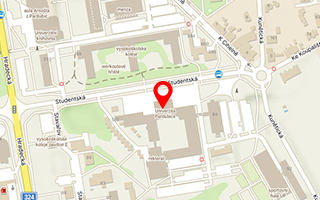Publikace detail
Determination of fouling level change in the railway ballast layer during machine cleaning process by measuring changes of relative permittivity using GPR technology
Autoři:
Borkovcová Anna | Borecký Vladislav | Artagan Salih | Ševčík Filip
Rok: 2019
Druh publikace: ostatní - přednáška nebo poster
Strana od-do: nestránkováno
